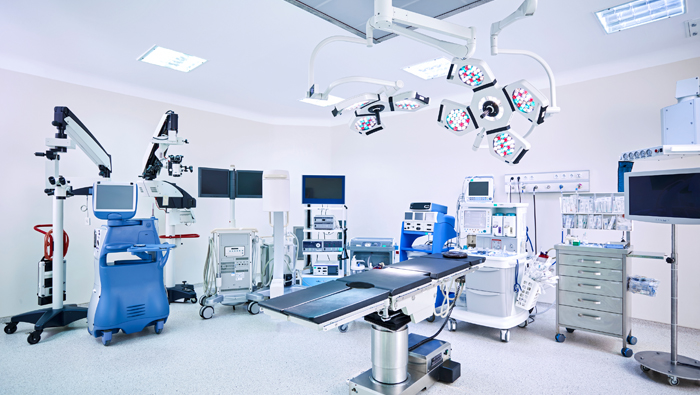Ambulatory care comes with its share of overhead. Some of it is unavoidable. Other aspects are potentially reducible, depending on how your staff manages orders and related workflows. Order management software, implemented the right way, can drive cuts in overhead that will make your facility or practice more profitable.
Understanding Overhead in Ambulatory Care
Overhead is easy to spot. It’s money you spend on things that are not directly related to earning income. A lease payment on an MRI machine is not overhead. The machine earns you money. The salary you pay to a medical secretary is overhead. They are necessary for the practice or facility to function, but their work does not contribute directly to profits.
Accountants like to point out that many overhead expenses are what they call “lumpy.” Overhead tends to jump up in expense graphs at right angles, or “lumps.” Once you hire a secretary, for example, you are immediately on the hook for fixed costs of salary, benefits, IT and facilities expense associated with that person. He or she could be extremely productive or sit around doing nothing all year and the overhead will still be the same.
The all-or-nothing, lumpy quality of overhead leads some managers to ignore the expense. “There’s nothing I can do about it. We need a secretary. We have one. We pay her. That’s it!” seems to be the attitude. This is not an ideal way to see overhead.
An alternative is to regard overhead as a percentage of revenue. Staff productivity thus influences the ratio of overhead to revenue. A highly productive staff, one that can handle many orders in a short period of time, results in overhead that’s a low percentage of revenue. Inefficient staff are the opposite. Only able to handle a few orders slowly, they represent a relatively higher ratio of overhead to revenue. The lower the overhead-to-revenue ratio, the more profitable your practice or facility will be.
Drivers of Unnecessarily High Overhead
Unnecessarily high overhead, measured as a percentage of revenue, is caused by many different factors. Low morale or other organizational issues can affect overhead. However, in general, order management is one of the biggest culprits.
When service orders, e.g. for radiology imaging, are manual in nature, staff members are forced to work unproductively. They have to enter orders into scheduling and billing systems by hand. There are inevitably phone calls, faxes and emails required to coordinate service delivery and reimbursement. The patient, who is often the least-well informed of anyone in the workflow, may call with questions. If the patient misses the appointment, the whole inefficient process grinds on a second time.
How Order Management Software Improves Overhead Ratios
The introduction of order management systems like iOrder makes staff productive by automating previously manual tasks. iOrder creates a single, unified record of the order. Everyone involved, including overheads like the physician schedulers and assorted staff members, can all see the same information at the same time. The tool’s overhead-cutting capabilities also flow from features like built-in messaging for order clarification and correction. Overhead should decrease as a percent of revenue as miscommunication and related problems drop off. Order management software can help you cut overhead in your ambulatory order management processes. If you want to learn how iOrder can make your staff more productive, and cause overhead to come down in relation to revenue, let’s talk.




